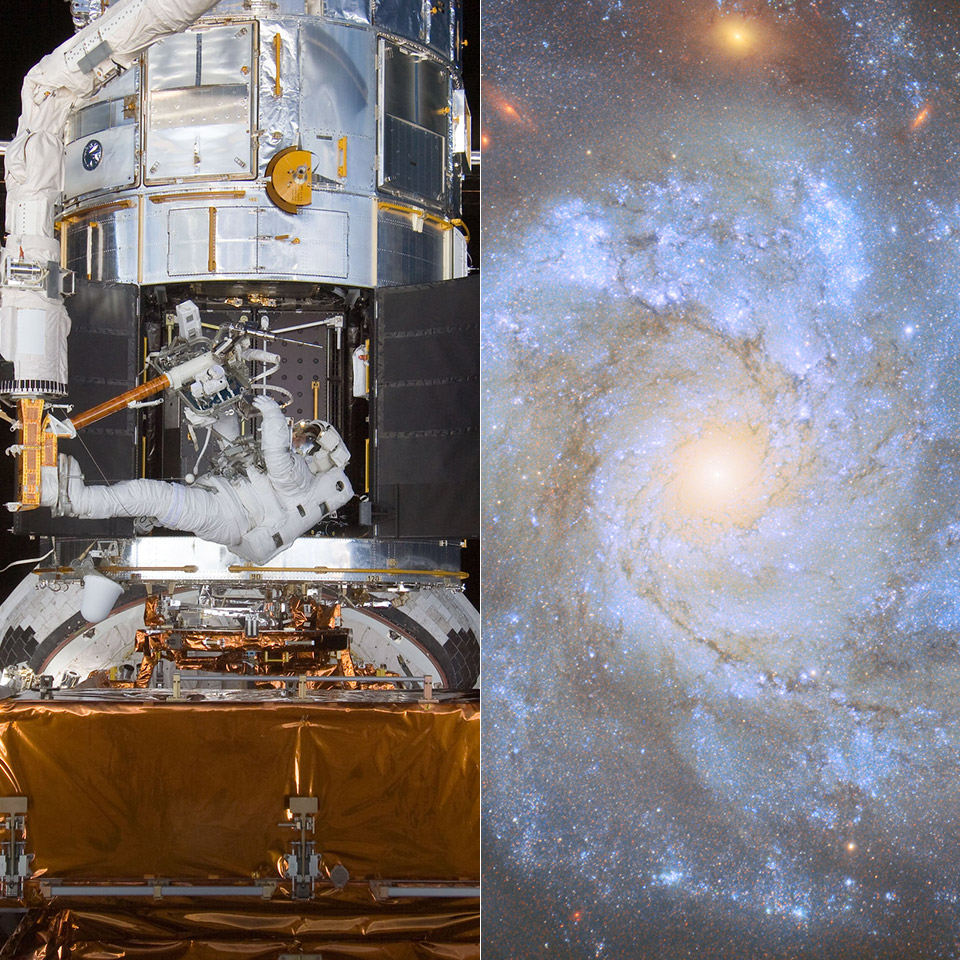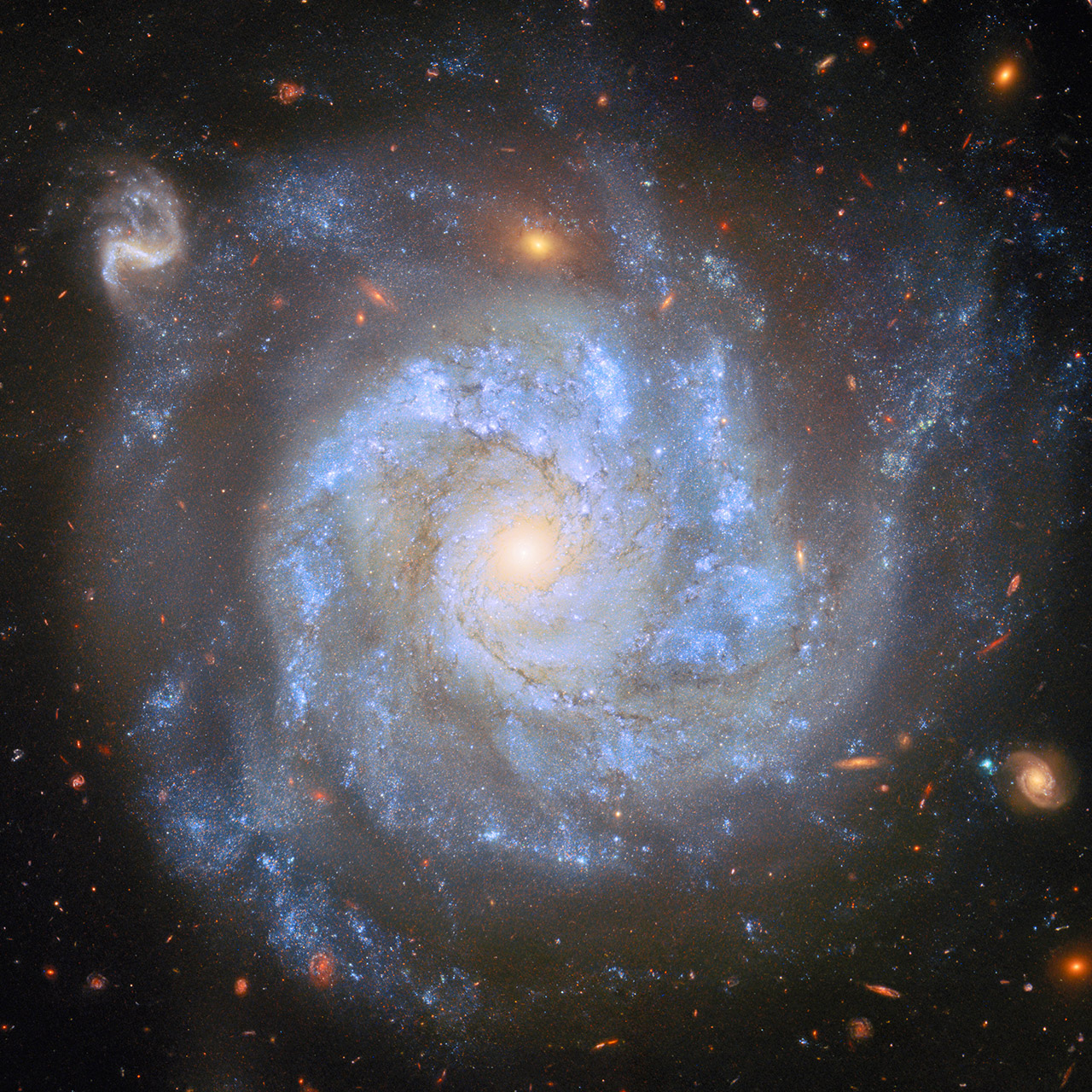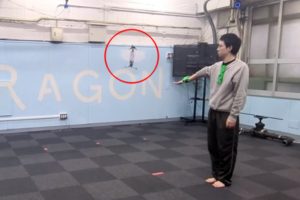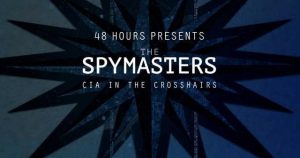Hubble Attempts to Unravel the Secrets of NGC 1309, a Supernova Rich Spiral Galaxy


Located 100 million light-years away in the constellation Eridanus is the spiral galaxy NGC 1309. Swirling arms of blue star clusters, dark dust lanes and a glowing core. NASA / ESA’s Hubble Space Telescope captured this stunning image that not only shows the galaxy’s details but also hundreds of distant galaxies as tiny specks in the background. A Milky Way star with diffraction spikes near the top of the frame anchors our perspective in this vast scene.

NGC 1309’s spiral arms radiate from a bright central bulge with blue gas clouds and young stars against a faint halo that softens the edges. Hubble’s Wide Field Camera 3 and Advanced Camera for Surveys imaged in ultraviolet and optical from 275 to 814 nanometers across a 3 arcminute field of view. We see the galaxy’s structure and the infinite beyond.
Sale

LEGO Technic NASA Apollo Lunar Roving Vehicle LRV Building Set – Collectible Set for Adults, Ages 18+ -…
- Build a realistic LEGO Technic lunar rover model – This LRV building kit for adults is packed with authentic details including seats, steering,…
- NASA model for adults – Enjoy a mindful project assembling all the details of the rover and equipment including the battery pack, heating and…
- A build for NASA fans – Remember the Apollo 17 mission with a display that features the lunar roving vehicle alongside 3 detailed equipment…
NGC 1309 is known for its supernovae. In 2002 SN 2002fk, a Type Ia supernova, exploded when a white dwarf accumulated material from a companion and detonated in a predictable thermonuclear blast. Its consistent brightness allowed astronomers to measure cosmic distances and proved Type Ia supernovae as universal yardsticks.
In contrast SN 2012Z, a Type Iax supernova, was a dud. Hubble’s observations showed the white dwarf survived as a “zombie star” and glowed brighter after the explosion. Astronomers had identified the progenitor in earlier images and learned about these rare events.
Hubble has been observing NGC 1309 since 2006 and 2014. At right ascension 3 hours 22 minutes 6.34 seconds and declination -15 degrees 23 minutes 52.8 seconds in Eridanus this galaxy is quiet but its history of star formation and explosive events connects us to the galaxies in the background.
NGC 1309 is a science machine. Supernovae tell us about star formation and its spiral structure tells us about the forces that shape galaxies over billions of years. Every pixel in this Hubble image is a story of birth, death and survival. It’s safe to say that the universe continues to amaze.
Hubble Attempts to Unravel the Secrets of NGC 1309, a Supernova Rich Spiral Galaxy
#Hubble #Attempts #Unravel #Secrets #NGC #Supernova #Rich #Spiral #Galaxy







